From the adobe-style buildings, to the textiles, to the silver and turquoise jewelry, regional Native American peoples have created the basis of the “Southwest” style.
Museums Abound!
Santa Fe is chock full of museums. Now, I love museums. Wherever I go, I seek out museums, and can spend an almost distressingly long amount of time in them, reading every interpretive panel and label as I go.
Museums are different than when I was young (heck, everything is different than when I was young!) All educational materials were oriented from a white, male, European-oriented point of view. This has really shifted.
The Palace of the Governors
Now, back in 2004, Jim and I visited Santa Fe and went to the Palace of the Governors. I remember seeing exhibits in the long, rambling adobe building situated on the main public square.
There, I learned in great detail about the clash of three groups; Native Americans, the Spanish, and later the “Americans” (I wish to goodness I could call us “United Statesians”- far more accurate!)
Museum of Indian Arts and Culture
Contemporary artwork is included along side of the historical objects, giving an even larger sense of it being a living experience, not a dry report.
The main permanent exhibit is called “Here, Now & Always” The title is appropriate, because it used to be that Native Americans were described in past tense, like they didn’t exist anymore.
Museum of Contemporary Native Arts
What have I learned?
I understand that what I am about to say is going to be a cliché, so please bear with me.
European culture is very compartmentalized. Emphasis on the individual, especially here in the US, is unusually important. On top of that, artists and art are seen as being apart from the rest of society, as being “special” and isolated.
As I was immersed in and experienced what these museums were offering, two main themes emerged.
One, that for these Native American creators, communal identity is a part of what goes into every form of expression. Two, that the things created and displayed were often regarded not as “objects,” but as living things with an energy of their own.
One terrific exhibition at The Museum of Indian Arts and Culture is Grounded in Clay: The Spirit of Pueblo Pottery. The collection of pots and sculptures displayed are from diverse places and times, and were curated by a group of Native American potters, historians, and educators.
In one video, a potter said “Each pot has its own journey. Each pot has its memories.” (See video below)
It seems to me that the act of creation for many Native American artists is not merely an attempt at personal expression, but is an essential tool. A tool not only for cultural survival, but for their communities to thrive, and communicate who they are to the outside world.
Yes, but what about Moi?
0 Comments
I am so happy to say that I have been interviewed by John Cornelison at Classic Movie Review. He read my “Why Noir?” article and realized his listenership would probably like to know more about how film noir inspires my art.
John is an author, movie enthusiast, archeologist and bonsai tree specialist who has produced Classic Movie Review podcast since 2014.
In our interview we talk art, movies, and even a bit about archeology (which, you may know, is also a great inspiration for me!) Among other things, he asks me what my favorite movie is, and who is the best femme - and homme - fatales.
Here is an excerpt from the interview, where he asks me more about that perennial archetype in film noir, the femme fatale.
John: "Fatales have often been villainized for the methods used to attain their goal. I believe this is the only tool or agency that women have in these cases, in these films. And it's not more sinister than a man beating up or shooting another man. Do you have any thoughts on how femme fatales are portrayed?" Leslie: "I would agree with you. Oftentimes they are presented as being more evil than the man. But I think that has to do with who's writing the films and who's reviewing the films and talking about the films rather than the actual story. "There's a great quote that's attributed to Margaret Atwood that says 'Men are afraid that women will laugh at them. Women are afraid that men will kill them.' "I think that that that's relevant in this case because sometimes the men that are reviewing or making the films really think being laughed at or being made a fool of by women is worse than being violent." |
Take a Closer Look.
Here is an intimate, in depth glimpse into my thoughts, inspiration and artistic process. Categories
All
Not seeing what you're looking for? My previous blog on blogspot can be found HERE.
|
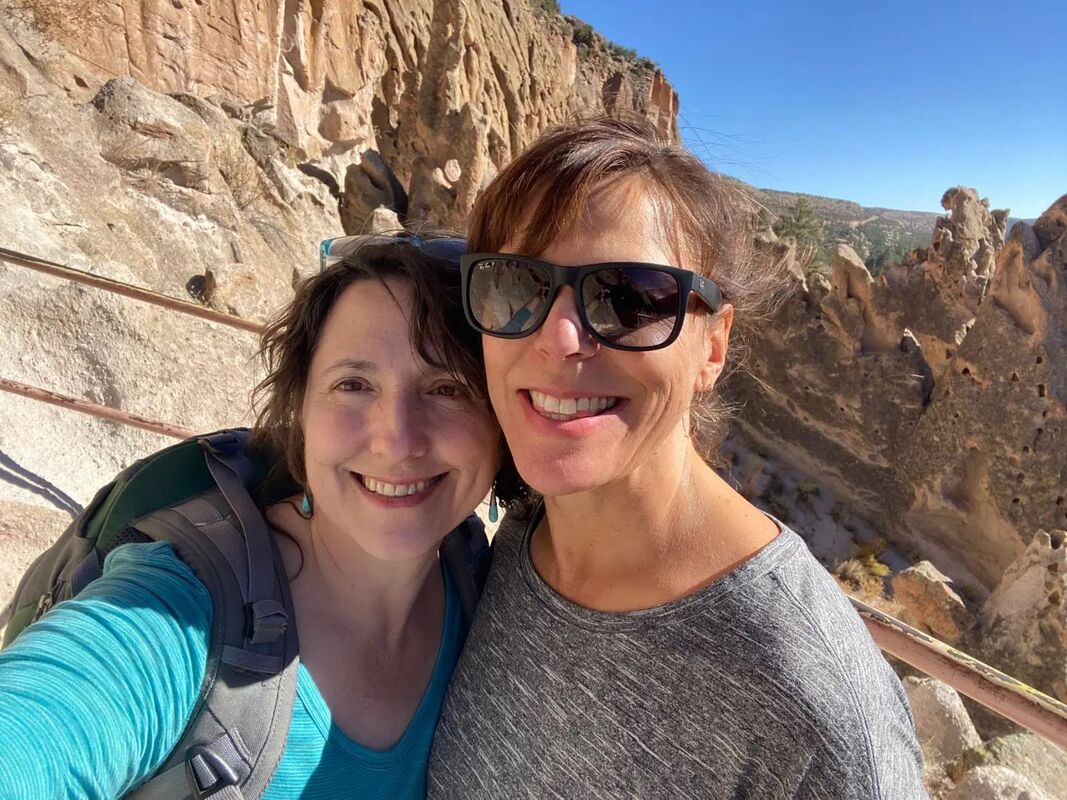
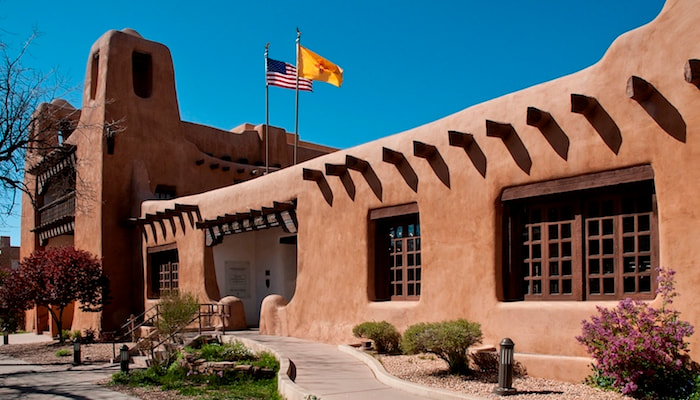
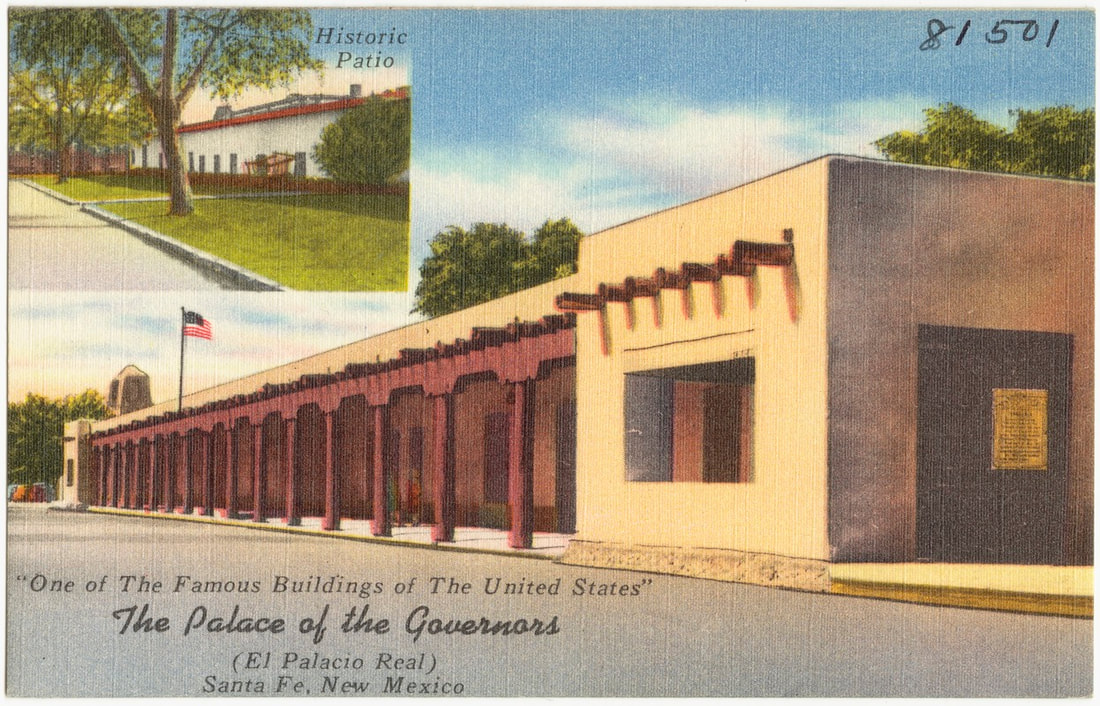
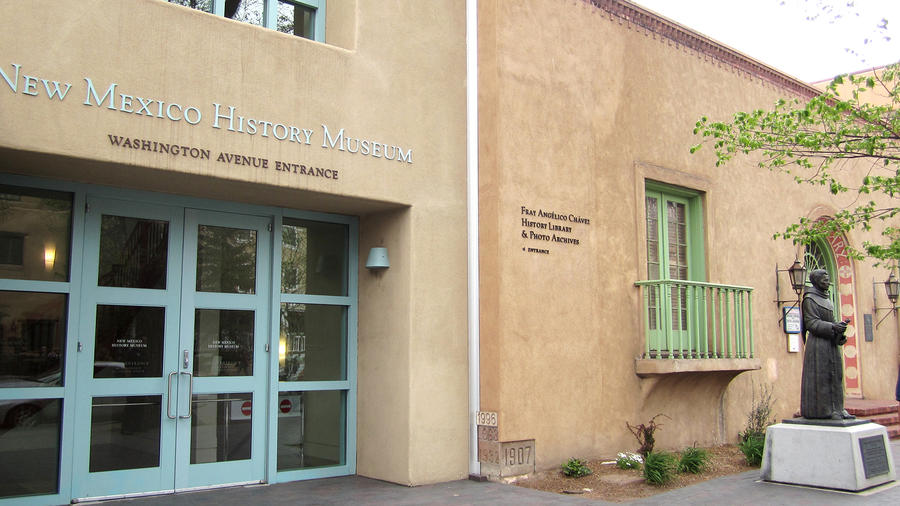
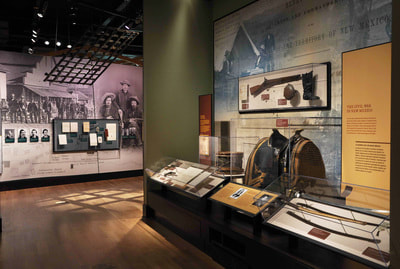
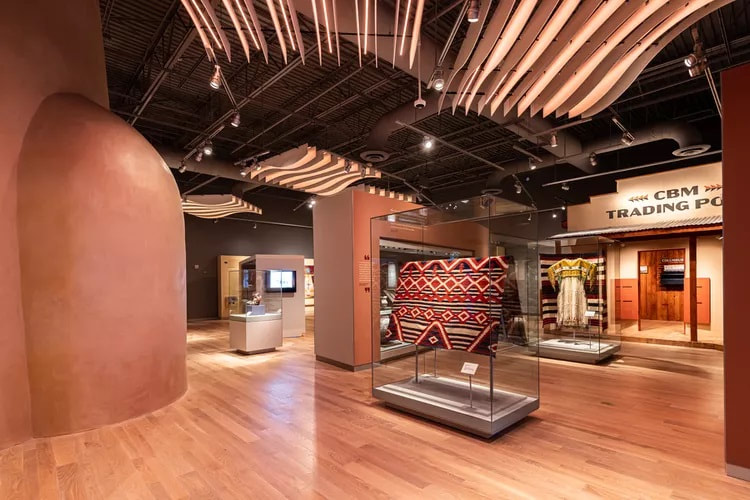
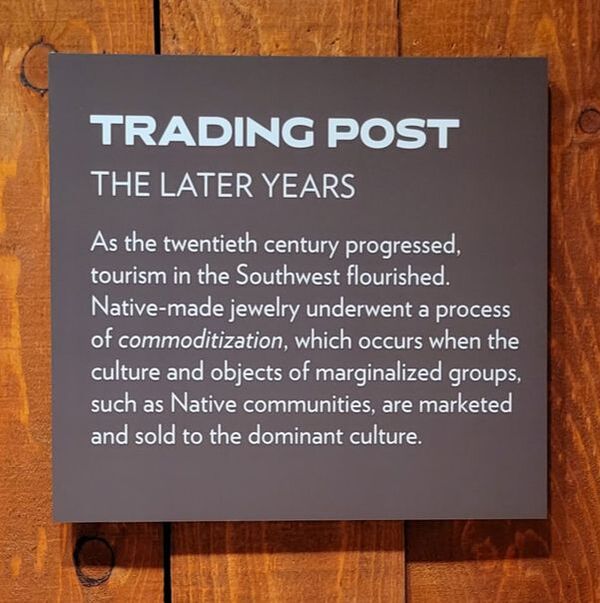
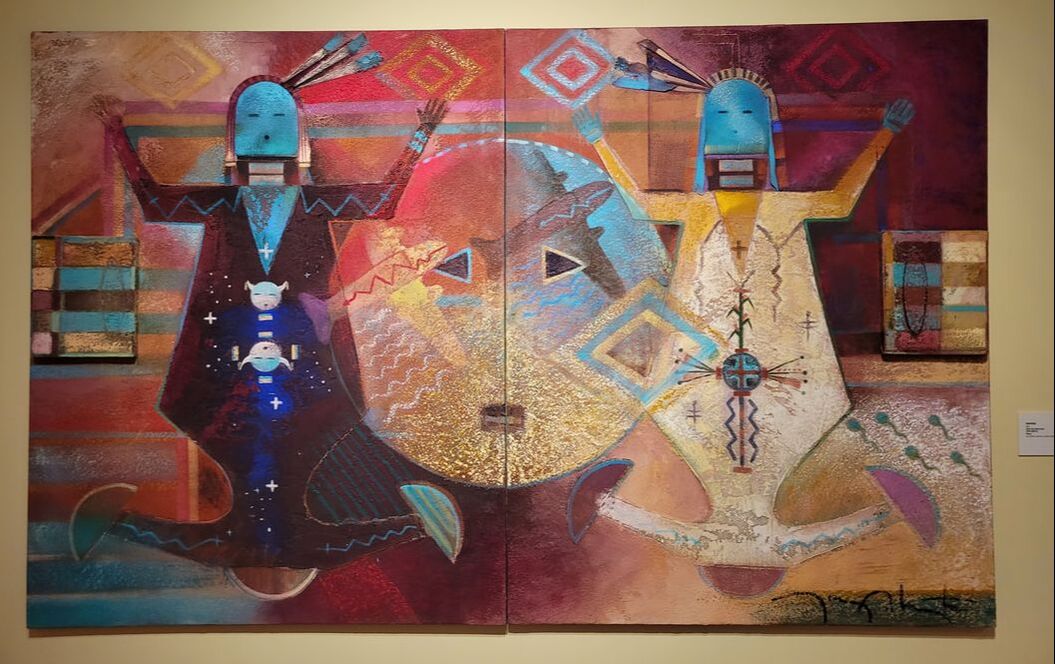
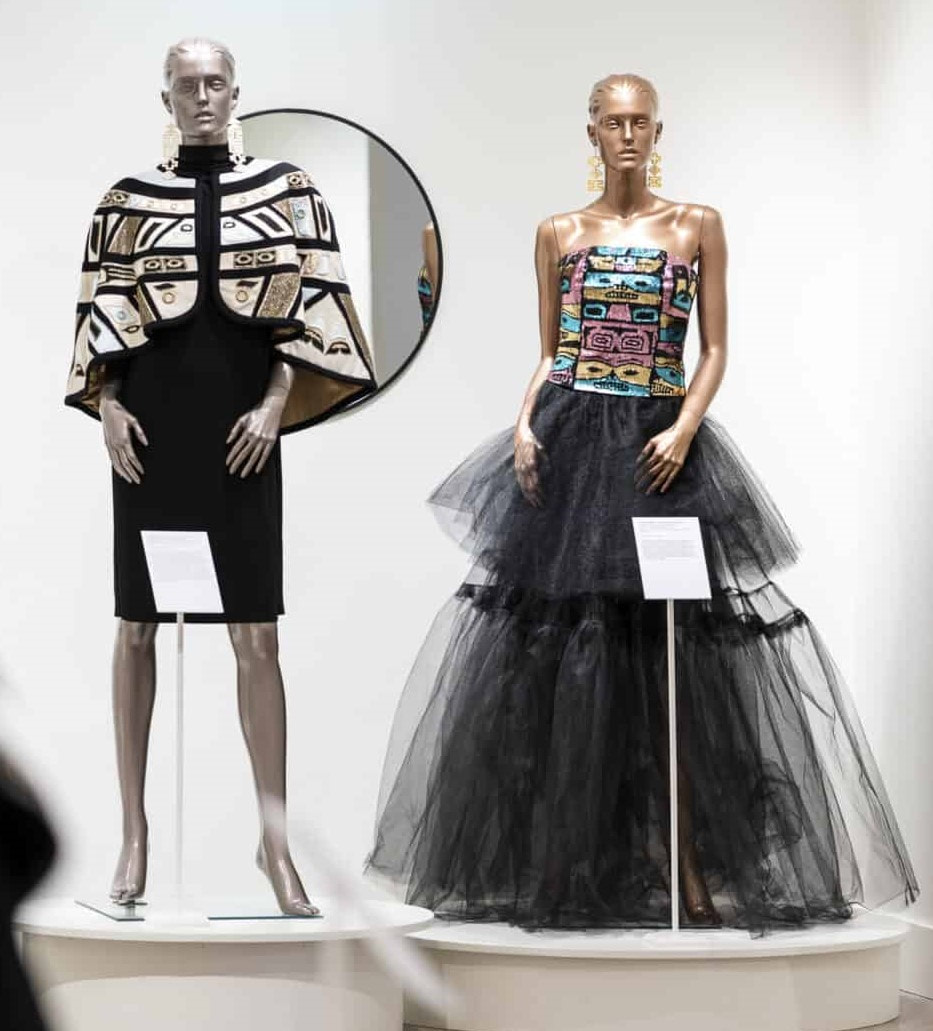


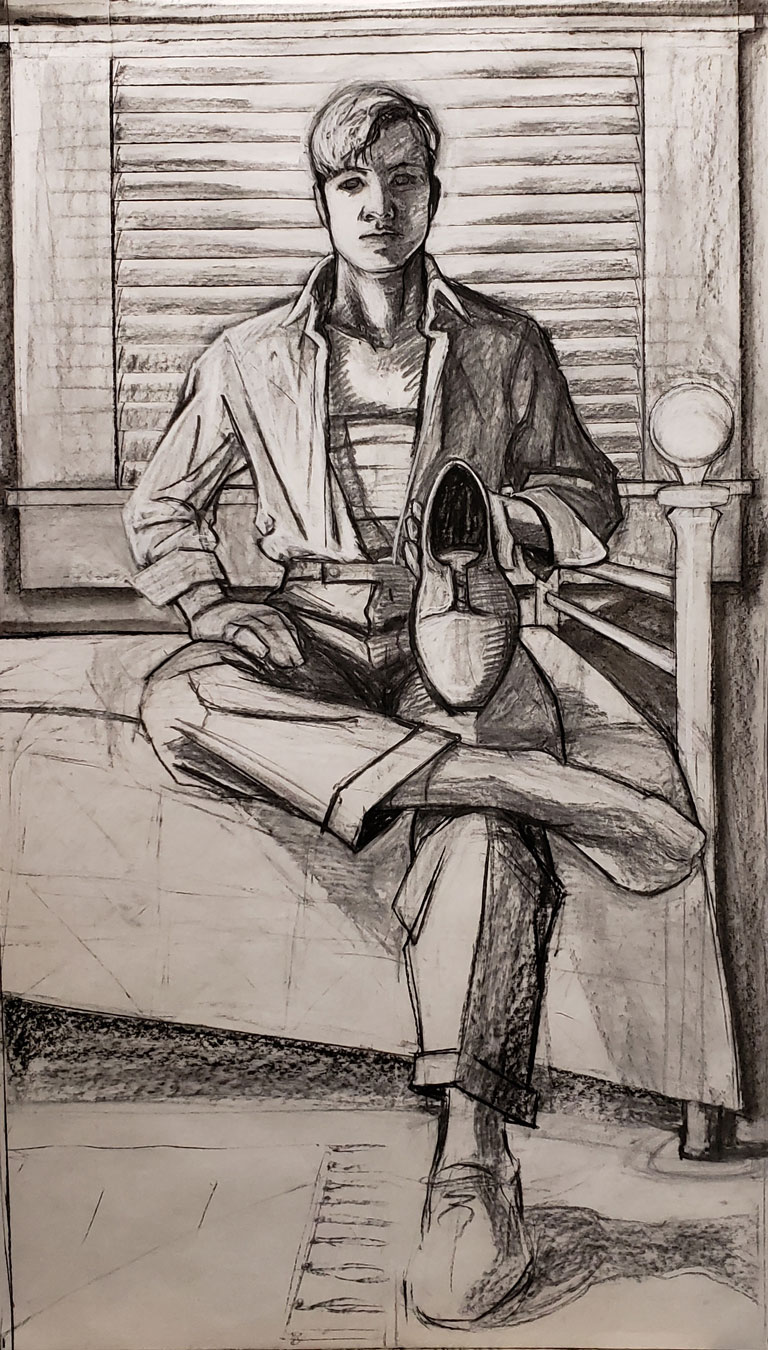
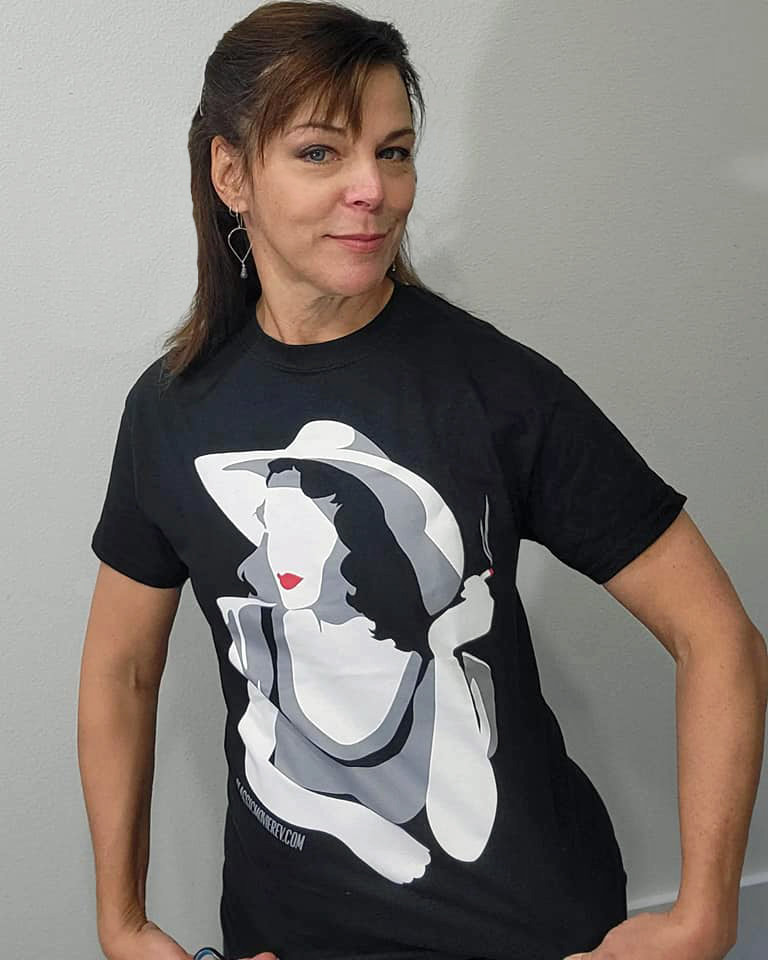
 RSS Feed
RSS Feed